Have you ever seen moths or butterflies among your bonsai? Do you see them a lot? If so, there may be caterpillars nearby.
Caterpillars are among my least favorite garden pest. They can cause lots of damage quickly, especially on small, tender trees. You can find them on deciduous trees and on conifers.
Some are large, others are tiny. Many have mastered the art of camouflage.
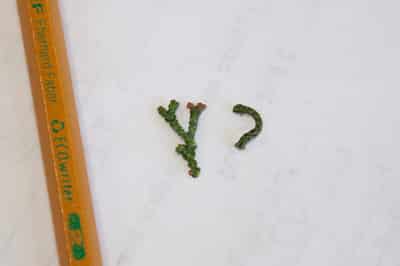
Hinoki foliage and a caterpillar that feeds on it
(Today’s photos will look familiar to readers of posts from a few years back)
With leafy trees, caterpillar damage is most often marked by holes in leaves, missing sections of leaves, or completely missing leaves. With conifers, caterpillars can eat soft growth tips or burrow inside tender shoots.
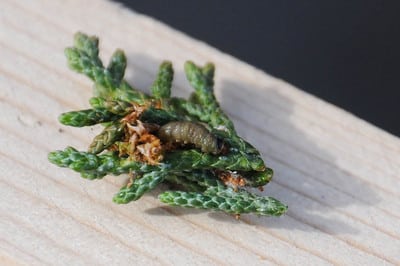
Caterpillar in shimpaku foliage
It’s fairly easy to see damage caused by tip-eating caterpillars. When they burrow inside shoots, subtle dieback can occur.
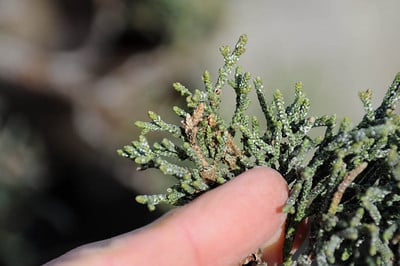
Caterpillar damage on a Western juniper
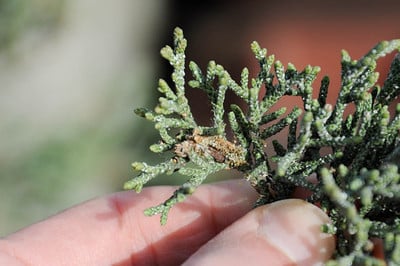
What’s this – it’s still inside
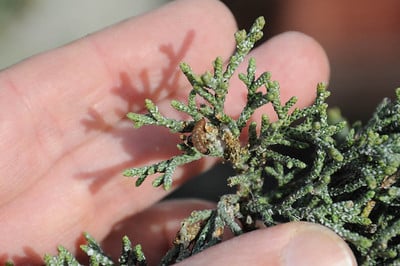
Creeping out into the light
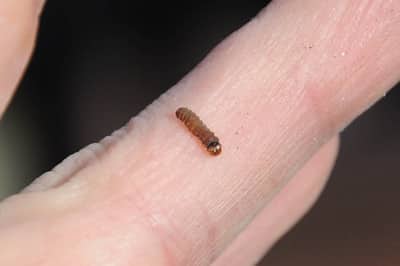
The culprit
I’ve seen them on a variety of scale trees, from hinoki, to shimpaku, to Western juniper as well as Sierra juniper.
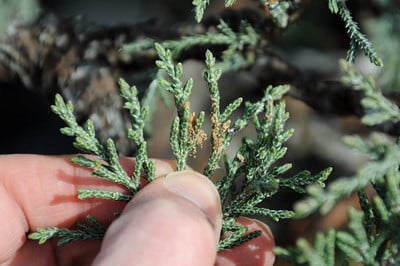
Tell-tale signs on Sierra juniper foliage
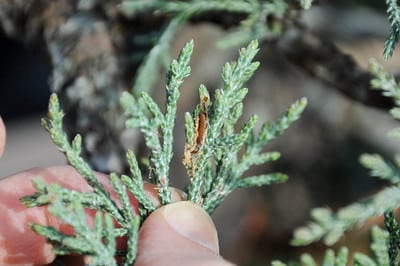
Caterpillar in Sierra juniper foliage
Caterpillar control is most often accomplished with pesticides and a bacterium known as Bacillus thuringiensis – one of the more common active ingredients in caterpillar sprays. Bt must be sprayed when caterpillars are active as they have to eat it for it to be effective (it kills by destroying caterpillars’ guts). Spraying towards the end of the day, for example, is best for caterpillars that feed at night.
I tend to pinch away foliage with isolated caterpillar damage and save the sprays for more serious cases, but I’ve noticed that this can be a slippery slope. To really get ahead of serious caterpillar infestation, spraying at regular intervals and using multiple modes of attack – say neem oil and Bt – may be required.
Subscribe to Bonsai Tonight
New Posts Delivered Every Tuesday and Friday